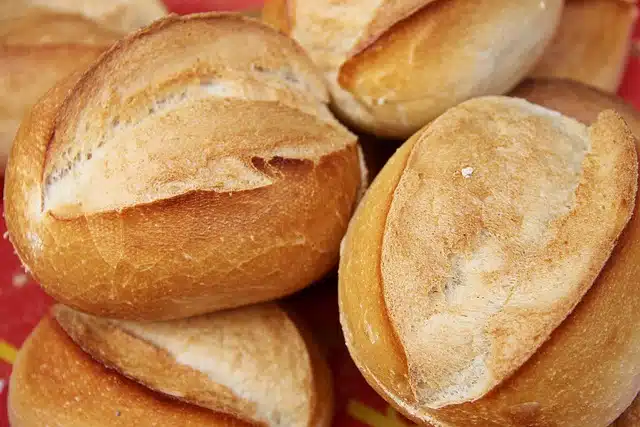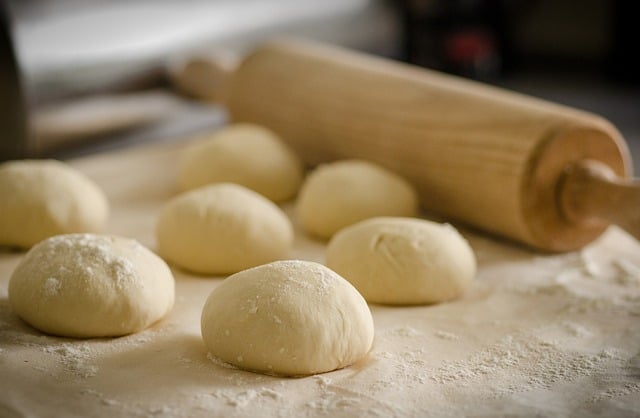
Bread is a food that is usually made with yeast, flour and water.
The concept of bread comes from the Latin word panis . This is the name given to the food product that is generally made with water , yeast and flour and cooked in an oven.
Bread is an essential food in many societies. Although there are multiple recipes , the usual thing is to use wheat flour mixed with water and salt . The additional use of yeast causes the dough, before reaching the oven, to ferment and gain volume. In this way, the already baked bread turns out to be tender and spongy.
Unleavened bread is known as unleavened bread . In these cases, the result does not have the texture of traditional breads and is much flatter.
Different types of bread
Corn , barley , and rye are other grains that can be used in place of wheat flour. On the other hand, there are breads that are prepared with eggs and many that contain fatty materials (such as oil , lard or butter , etc.).
The use of seeds and spices is common since it allows the preparations to be flavored. There are also stuffed breads (with ham, pancetta or bacon, onion or other ingredients) and sweet breads (with sugar or fruit).
The molds allow the bread to take on different shapes. There are round, long, square and other styles of bread. Even, thanks to the various kneading techniques , the breads can be presented as rings , braids or other figures.

To make bread, kneading is usually necessary.
A staple food
The concept of bread is used in many contexts as a synonym for food , rather as the symbol of food itself, since it is a very easy product to prepare and its ingredients are truly economical. This does not mean that anyone can access bread; In fact, situations of extreme poverty deprive people of any food or service considered essential.
For a person who is lucky enough to have an oven , access to drinking water, and enough money to buy a bag of flour, bread is probably one of the simplest recipes you can make. In addition to being cheap, it has the peculiarity of satisfying hunger with a small portion compared to other foods.
In daily eating, on the other hand, bread adapts easily to a wide variety of dishes: although we associate it directly with sandwiches (also called sandwiches ), this product can be combined with stews, rice, salads , It can be spread with sauces such as mayonnaise, mustard or aioli and also with jam, butter or jelly, among many other ingredients. In short, bread goes well with almost any food, both sweet and savory.
Problems with bread consumption
Perhaps the only problem that bread can cause is excess weight if you eat too much, throughout the day and if you prioritize the rest of the foods. People who have metabolism problems are the ones who should most control the consumption of products such as bread, sauces, spicy foods and fats in general , but it doesn't hurt anyone to set certain limits, especially with those things that are especially "addictive."
Except for meals such as sandwiches, where bread is a fundamental part, we should avoid eating it in excess when it is a complement; For example, in the case of a stew or soup, a couple of slices are enough.
It is important to keep in mind that, due to the gluten present in wheat, oats, rye and barley, many breads cause health problems for people who suffer from celiac disease . Celiacs , therefore, cannot consume various types of bread.
